GH Soil Refreshing
hudson___wy
10 years ago
Related Stories

GARDENING GUIDES5 Prairie Wildflowers That Can Heal Your Soil
Get free, organic soil fertilizer with nitrogen-pumping plants that draw pollinators too
Full Story
GARDENING GUIDESGet on a Composting Kick (Hello, Free Fertilizer!)
Quit shelling out for pricey substitutes that aren’t even as good. Here’s how to give your soil the best while lightening your trash load
Full Story
GARDENING GUIDESNew Ways to Think About All That Mulch in the Garden
Before you go making a mountain out of a mulch hill, learn the facts about what your plants and soil really want
Full Story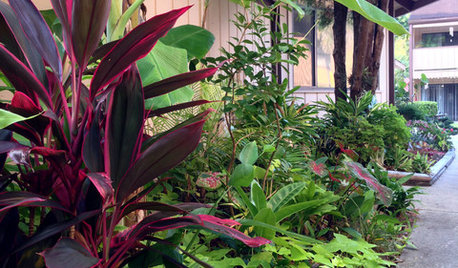
GARDENING GUIDESA Mom, a Garden and a Gift for the Neighbors
Gardening can be therapeutic in unexpected ways. See how one gardener found peace and purpose in a patch of Florida soil
Full Story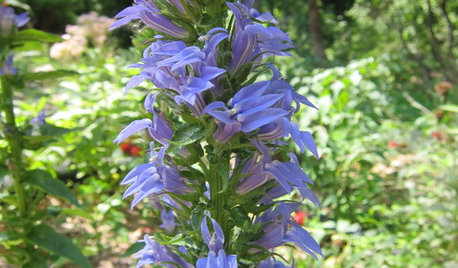
GARDENING GUIDESGreat Design Plant: Lobelia Siphilitica Keeps Its Cool
Great blue lobelia, a flowering native that prefers moist soil, adds a calming blue hue to the late-summer garden
Full Story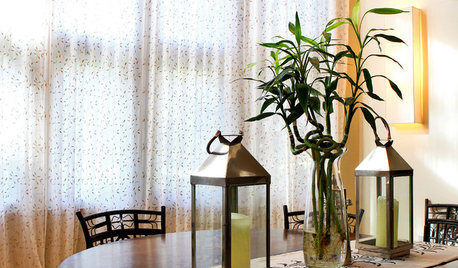
DECORATING GUIDESImprove Your Style Fortune With Lucky Bamboo
Serve this versatile plant straight up or with a twist for auspicious living decor that thrives without soil
Full Story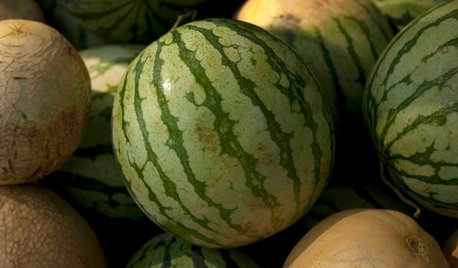
GARDENING GUIDESSummer Crops: How to Grow Melons
Drink in the refreshing sweetness of melons from your own garden this summer — they can last well into fall too
Full Story
DECORATING GUIDESIcy Summer Drinks Reimagined as Rooms
Cool, refreshing decor schemes conjure your favorite thirst quenchers, from lemonade to a vanilla shake
Full Story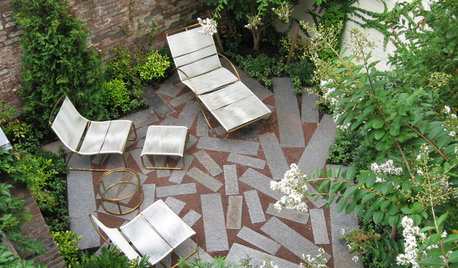
URBAN GARDENSUnwind in an Enclosed Garden Sanctuary — Outdoors or In
Refresh your spirits amid the beauty of a walled garden or an interior courtyard designed with thoughtful plantings
Full Story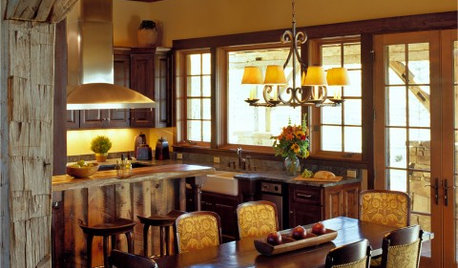
DECORATING GUIDESSo Your Style Is: Rustic
Refreshing in its simplicity, rustic style highlights natural beauty and a rugged, resilient spirit. Is it a match for you?
Full Story






billala
plantladyco
Related Professionals
Rossville Landscape Architects & Landscape Designers · Berkeley Heights Landscape Contractors · Commack Landscape Contractors · Duarte Landscape Contractors · El Reno Landscape Contractors · Mercedes Landscape Contractors · New Baltimore Landscape Contractors · Pleasant Prairie Landscape Contractors · Vallejo Landscape Contractors · Wallingford Landscape Contractors · Washington Landscape Contractors · Lockhart Solar Energy Systems · Coto De Caza Solar Energy Systems · Mesquite Solar Energy Systems · Easton Solar Energy Systemshudson___wyOriginal Author
steve333_gw
barrie2m_(6a, central PA)
karin_mt
hudson___wyOriginal Author
karin_mt
barrie2m_(6a, central PA)